Cockroaches
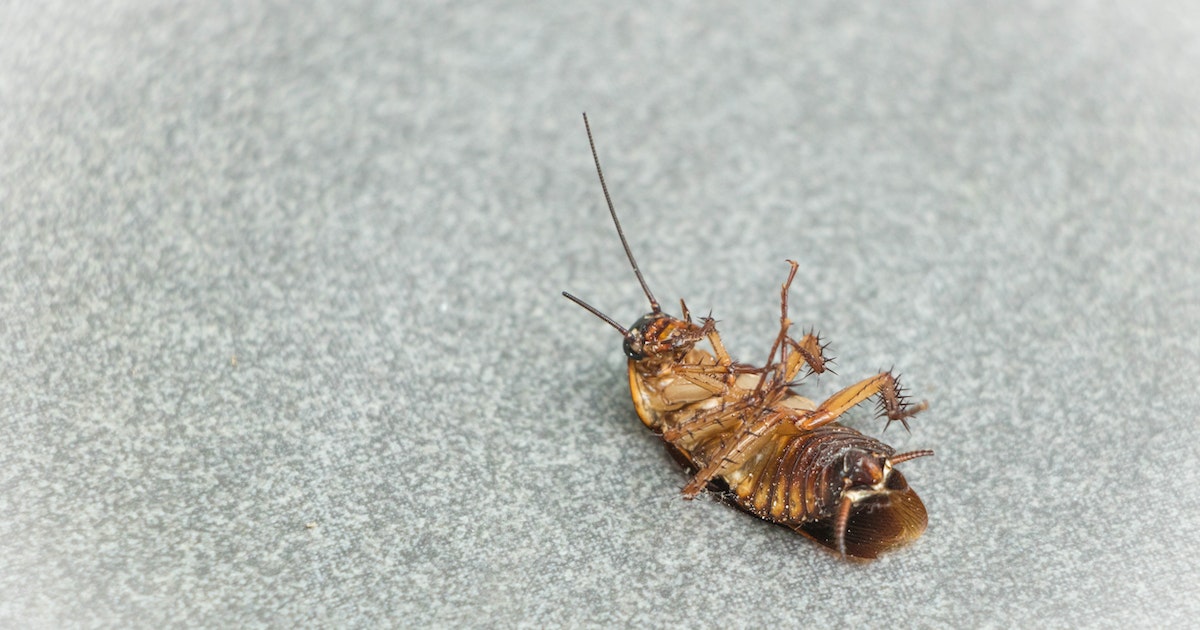
Have you ever met anyone who actually liked cockroaches? OK, there must be entomologists (experts in insects) who find them interesting, but has anyone actively stated a fondness for them? Hardly surprising – parts of their bodies and their excrement can settle into the dust in your house – from floors to furniture. Inhaling that dust and its cockroach components causes allergies and breathing problems such as asthma. Don’t give them the chance – keep your house as clean and dry as you can.
Fluffy carpet
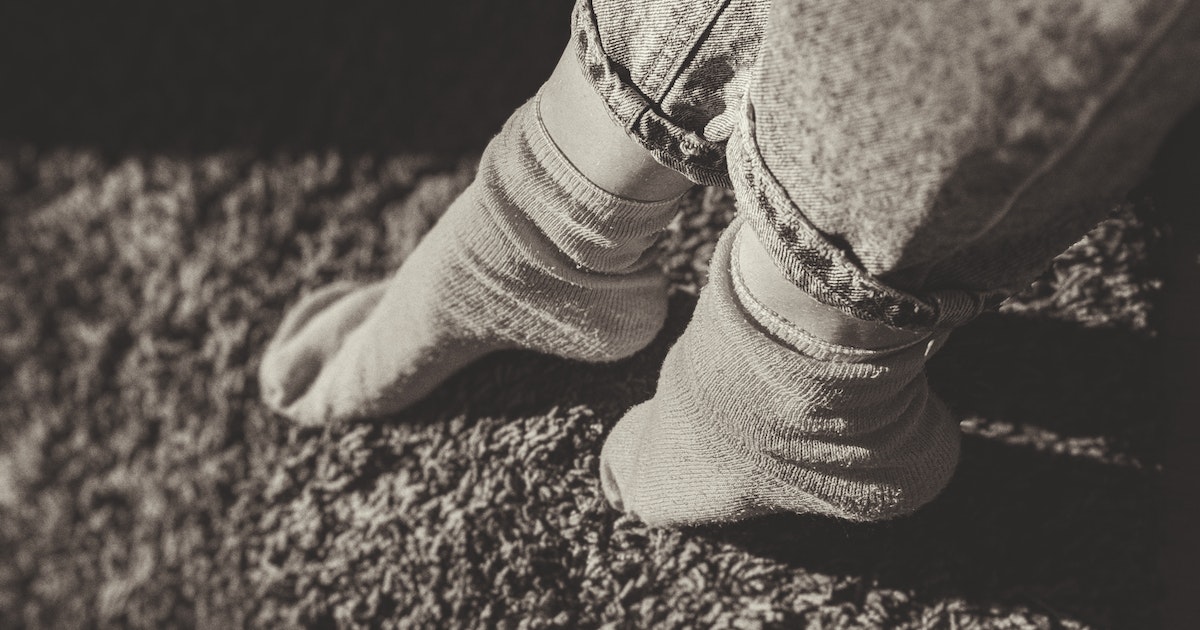
It’s a lovely sensation when you get up in the morning, or take off your shoes after a long day … sinking your toes into luxurious soft carpet. Yet hidden in the fibers are particles of dust, dirt, mold, dust mites and other irritants. When you clean it or just walk on it, those allergens are thrown into the air, and could make you unwell – or aggravate an existing issue. Maybe hard flooring with the odd throw rug is a better option, or if you can’t remove your carpet, vacuum it with a HEPA filter two or three times a week. Oh, and get the steamer on it each year too.
Carbon monoxide
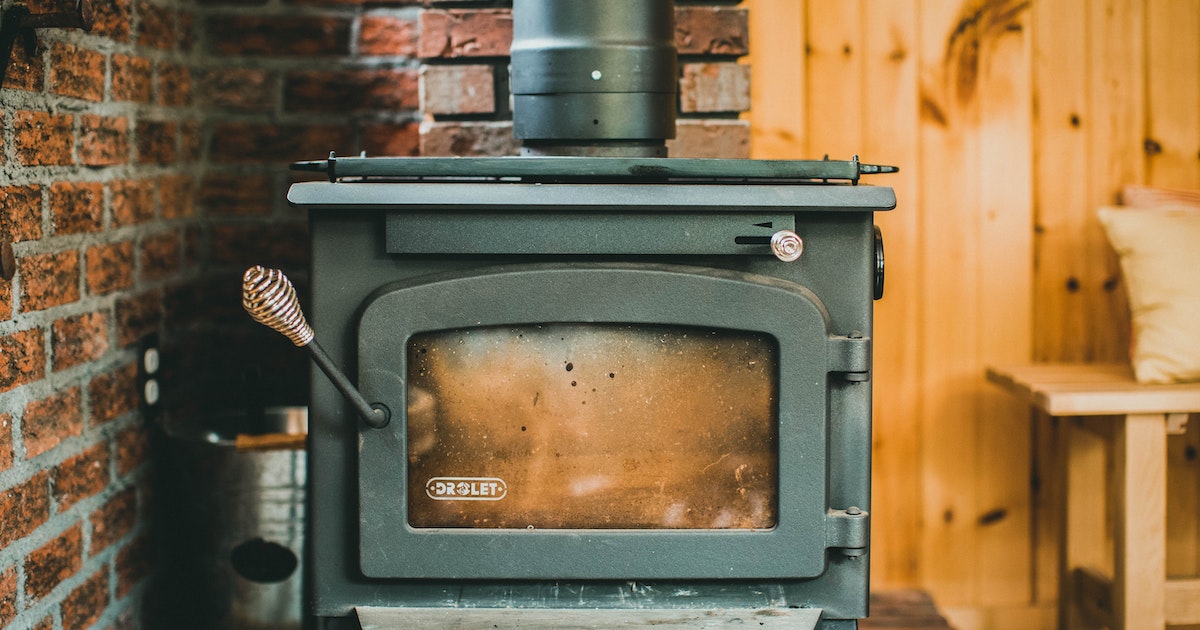
This one isn’t just enough to make you sick – it could also be fatal. Carbon monoxide comes from devices such as water heaters, dryers, furnaces and fireplaces, but you won’t know unless you have a detector. Symptoms of carbon monoxide poisoning include headaches, shortness of breath, feeling dizzy or having blurry vision, and feeling confused, weak, and nauseated. If you notice a pattern, get out for some fresh air and call 911. It sounds dramatic but could save your life.
Chemical-filled cleaning products
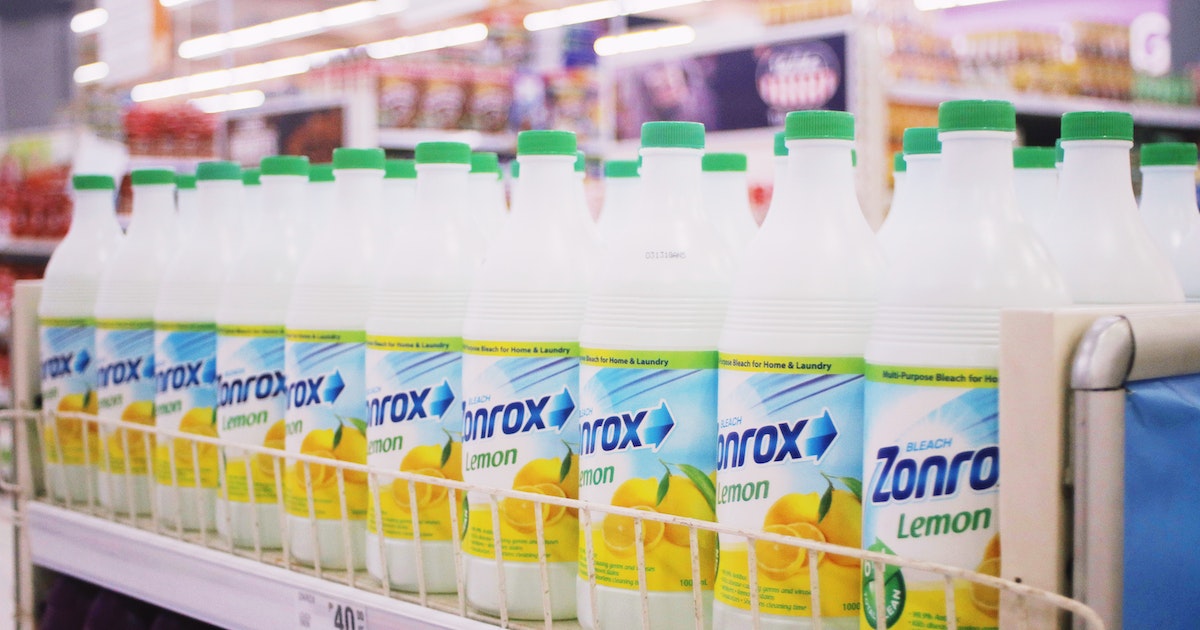
They’re an important part of keeping your home clean, and yet conflictingly, they are a cause for concern in their own right. Cleaning products contain ingredients that can irritate your eyes and throat, cause headaches and breathing problems and possibly even raise the risk of cancer. What’s more, aerosols contain damaging volatile organic compounds (VOCs), which are best avoided. Follow instructions carefully and ventilate your property during and after use.
Your air conditioning and heating
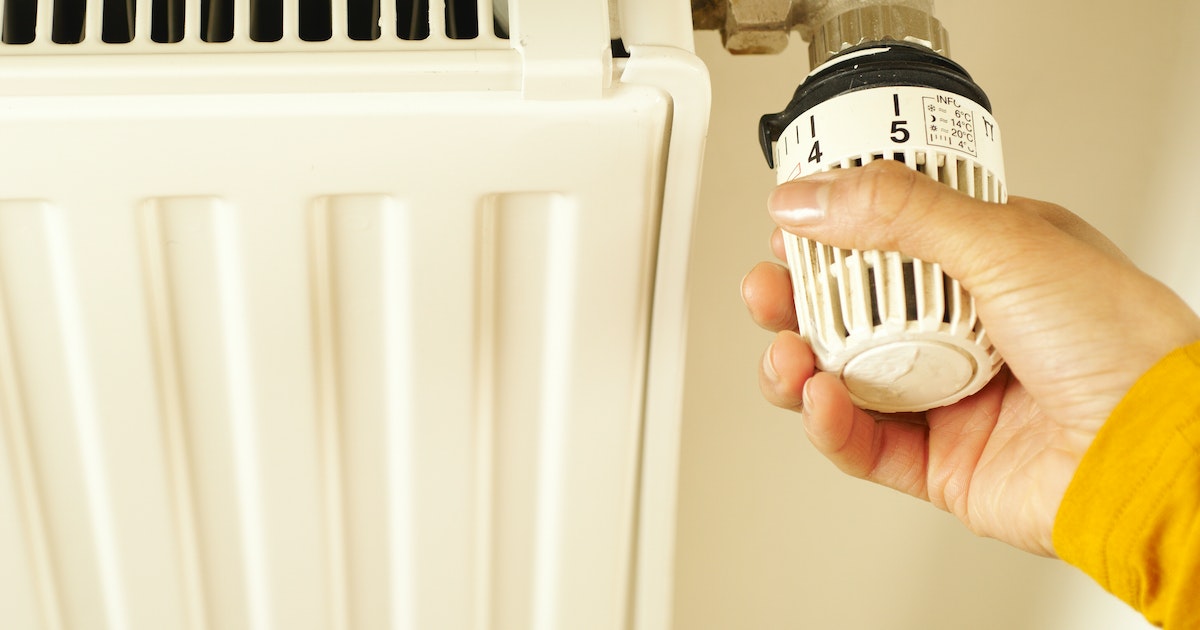
Your AC unit seems like a necessity, and the heating to boot, come winter. Yet they can change the levels of moisture, dust and germs in your home without proper maintenance. As dull as it sounds, make sure yours is properly serviced and change the filters on a regular basis. There are even HEPA filters that help to remove smaller particles from the air, which are worth considering if you or a family member have known health conditions such as asthma.
Your old toothbrush
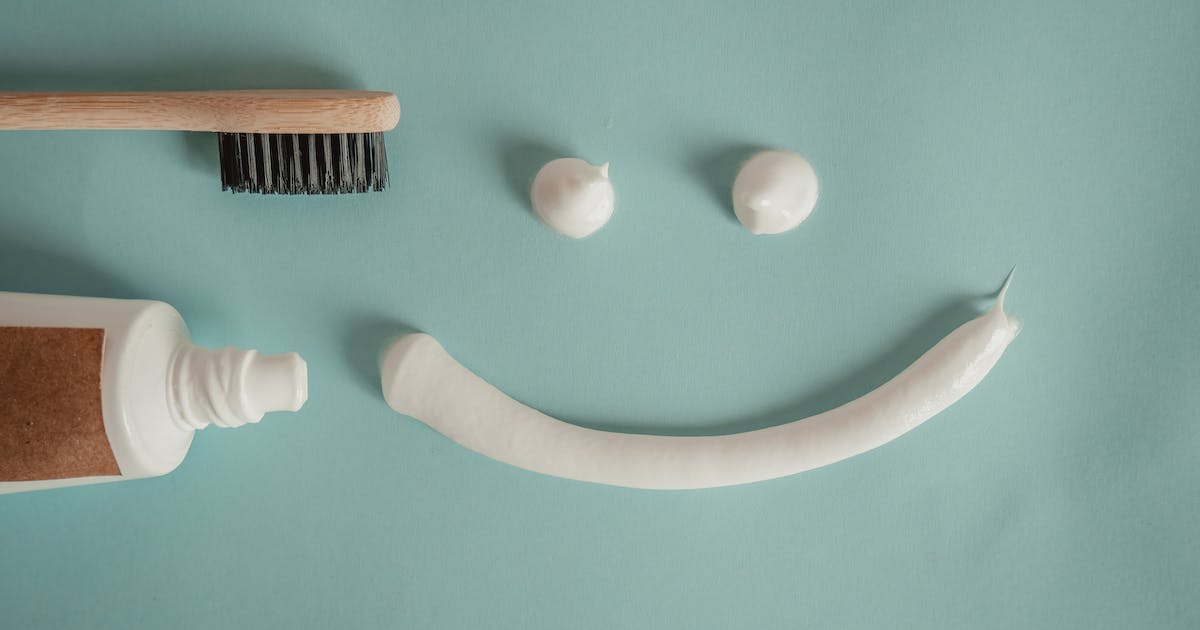
Plenty of us are good at replacing our toothbrush (or toothbrush head if we use an electric one). If you’re not sure when you last had a new brush though, it might be worth grabbing one. Your mouth has more bacteria than any other part of your body, so it stands to reason that your toothbrush should be changed every few months.
Lead paint
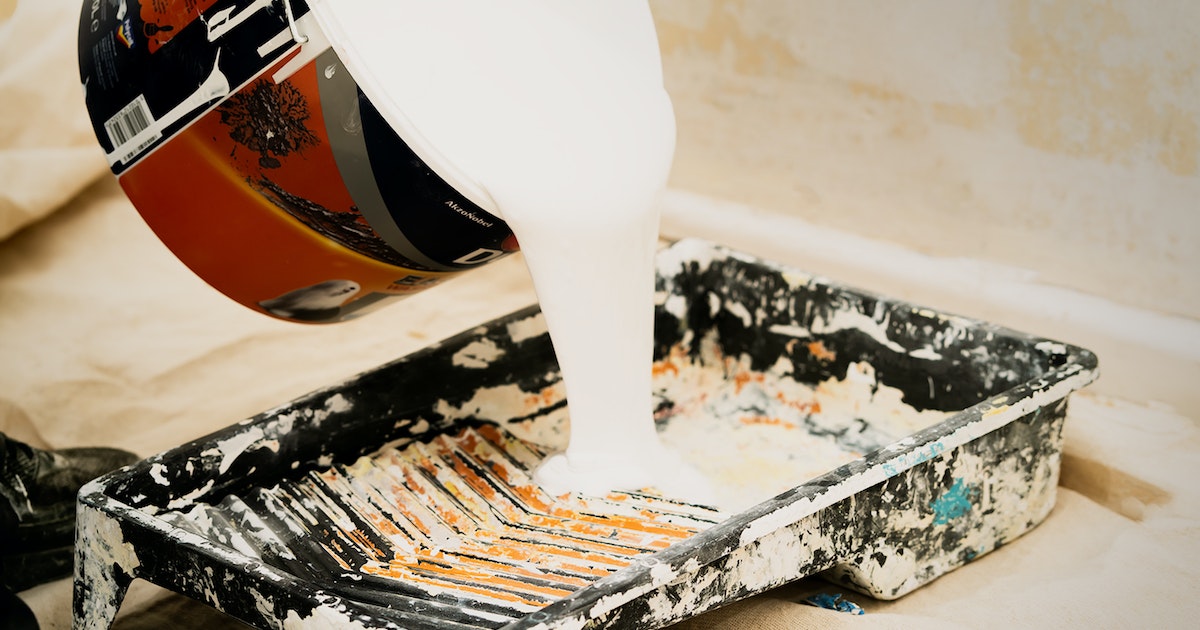
Do you live somewhere that was built before 1978? Is your paint flaking, cracked or less than pristine? If any are a hard yes, maybe it’s worth getting it tested. After all, lots of properties built prior to 1978 used lead paint, which can form lead-based dust that is damaging to your brain and vital organs if absorbed. If you think you’re at risk, a professional can get it tested and recommend how to deal with it if lead is found.
Curtains can wreak havoc on allergies
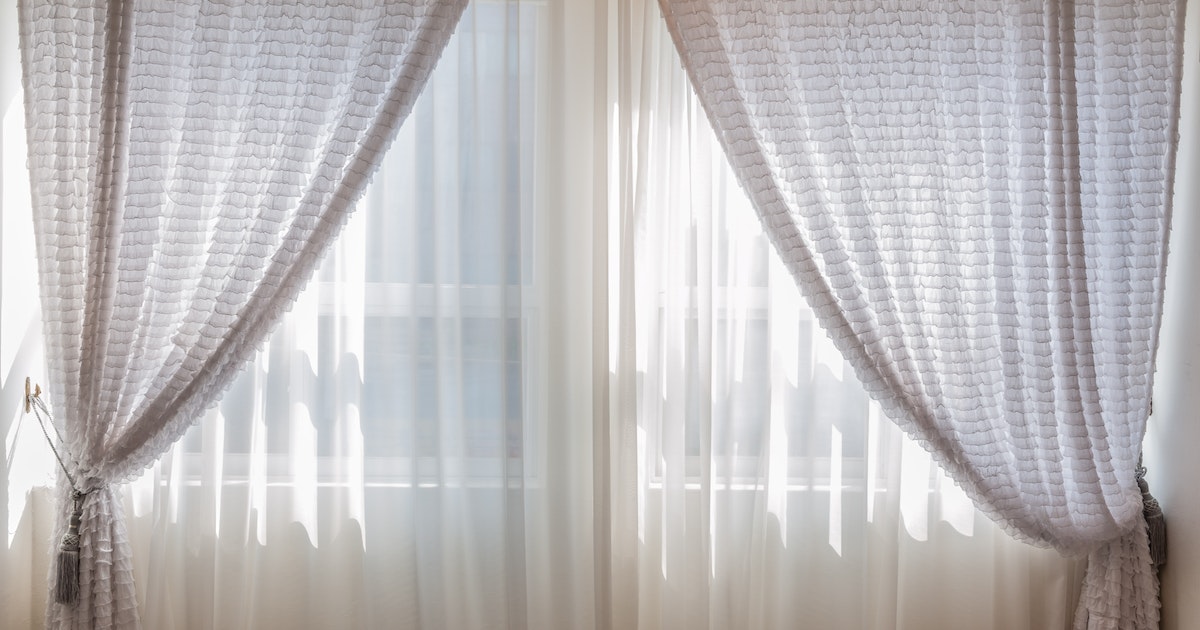
What’s so bad about curtains that they could make you feel sick? They insulate your home in winter, keep it cooler in summer and keep nosy parkers out all year round. Yet they can also be a store for dust mites, pet dander and other nasties that cause allergens. Same sneezy story for blankets, sheets and the like. Curtains have the added challenge of being tricky to clean. Consider blinds instead, or find curtains that can be washed at 130 degrees to kill germs.
Layers of dust
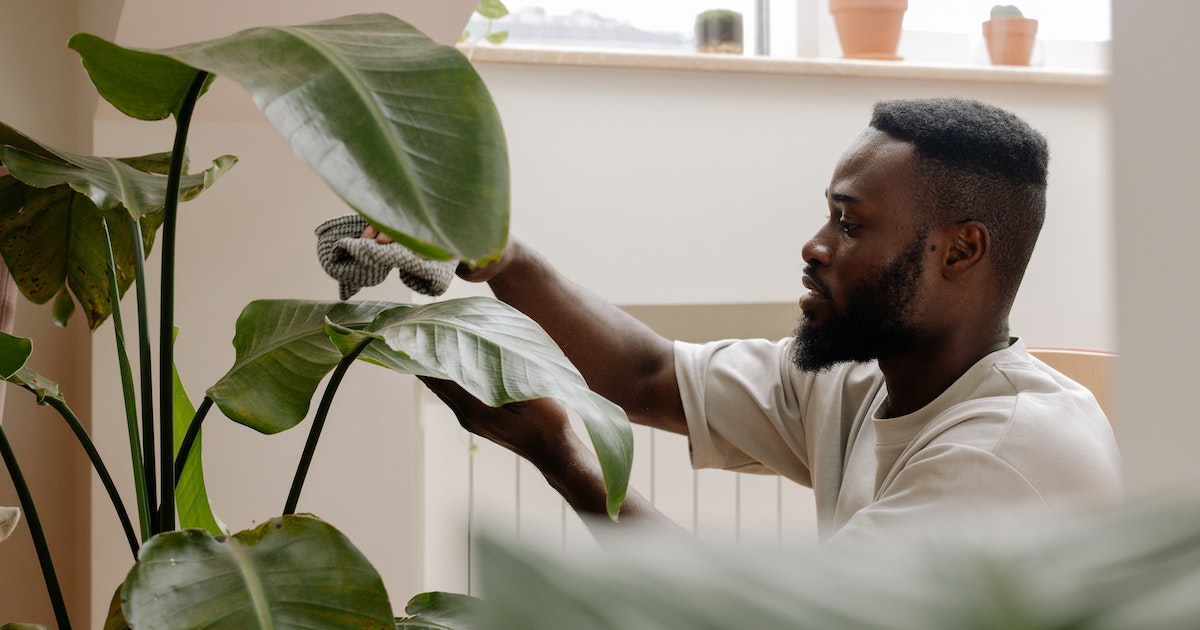
As disgusting as it sounds, up to 50% of dust is dead skin cells, which is bad enough, you might think. Well, think again – because the rest is much worse, partly made up of potentially toxic chemicals. Research from the George Washington University analyzed dust samples from across the USA and found as many as 45 different chemicals, including TDCIPP, a possible carcinogen used in flame retardant, and phthalates, hard to pronounce and harder to remove, as they’re found in toys and vinyl flooring. Vacuum and wipe down surfaces regularly to minimize dust.
Chemical air fresheners
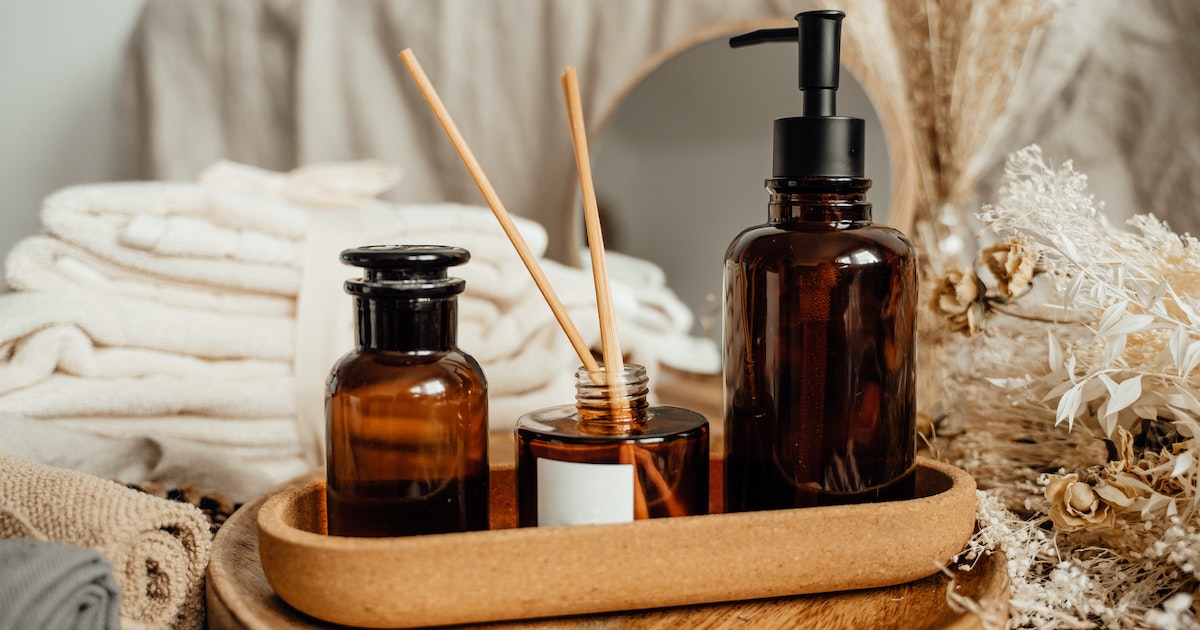
Air fresheners are big business, with sales in 2023 amounting to around 2.8 billion dollars. Well, we all like our homes to smell nice. However, there’s a catch (surprise, surprise). Scented candles, plug-in fresheners, oil diffusers and sprays could contain phthalates – chemicals that could disrupt the hormones in your body, causing health issues. They can also contain damaging VOCs. Instead, open a window or use natural essential oils – or a nice bunch of flowers.
Plastic food containers

They’re convenient when you’re batch cooking, or putting away leftovers, but did you know that plastic storage containers could contain harmful chemicals? BPA is believed to interfere with your hormones and could increase the risk of developing cancer. Even if the packaging says it’s BPA-free, there may be similar chemicals that are just as questionable. Let your leftovers cool down before you put them away, or use glass storage containers and stainless steel water bottles.
Shower cleaning products
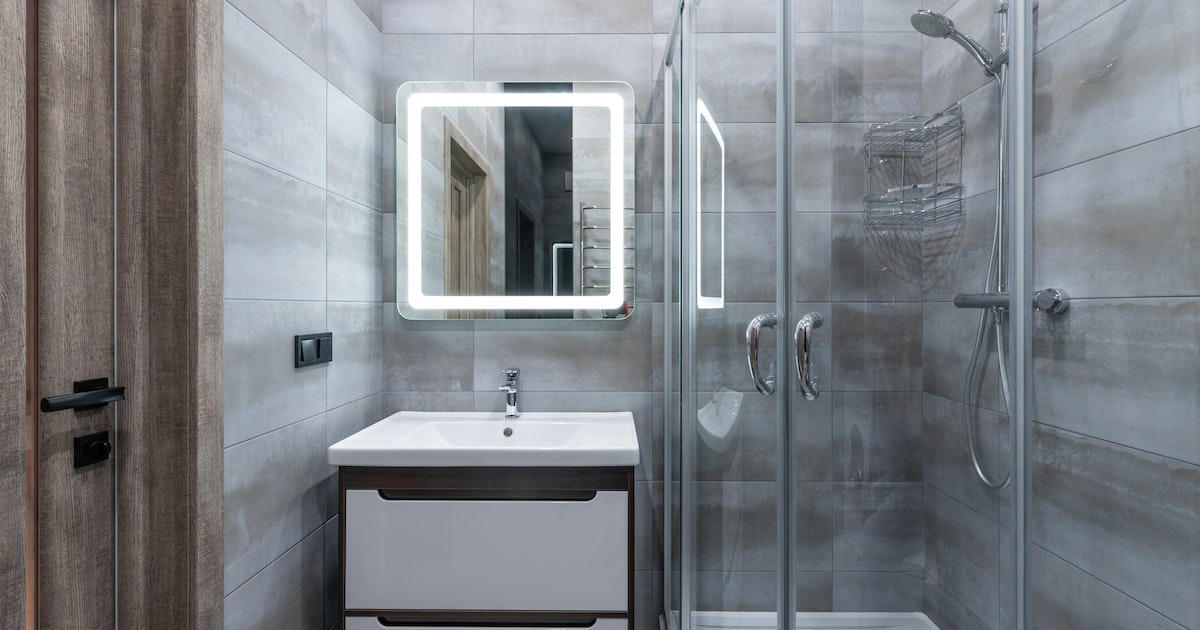
It might seem like a no-brainer, spraying your tiles down with bleach. But hold fire, because if you have or have had mold, it could exacerbate the issue. Bleach is caustic which isn’t great with the permeability of grout, as it eats away at grout over time and can leave small cavities for regrowth. Darn it. Instead, use a hydrogen peroxide spray, wipe own excess water after showering and ensure good ventilation in your bathroom. Leave the bleach for the lavatory.
Non-stick cookware and pans
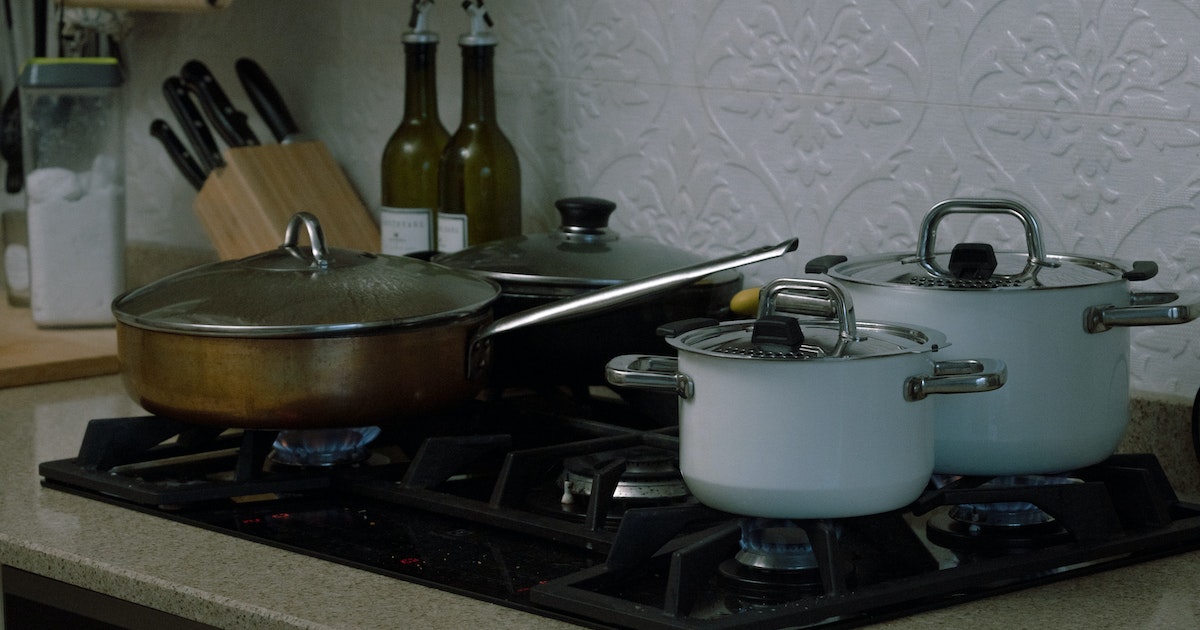
The jury is still out on a formal verdict, but scientists know that the synthetic chemicals used in non-stick cookware can be released in very high temperatures, which could be harmful. There is a possibility that flu-like symptoms might be brought about from the use of Teflon (the substance that makes it non-stick), so consider stainless steel or cast-iron cookware instead. After all, it’s what was used before non-stick, and you can always soak it.
Flame retardants in old furniture
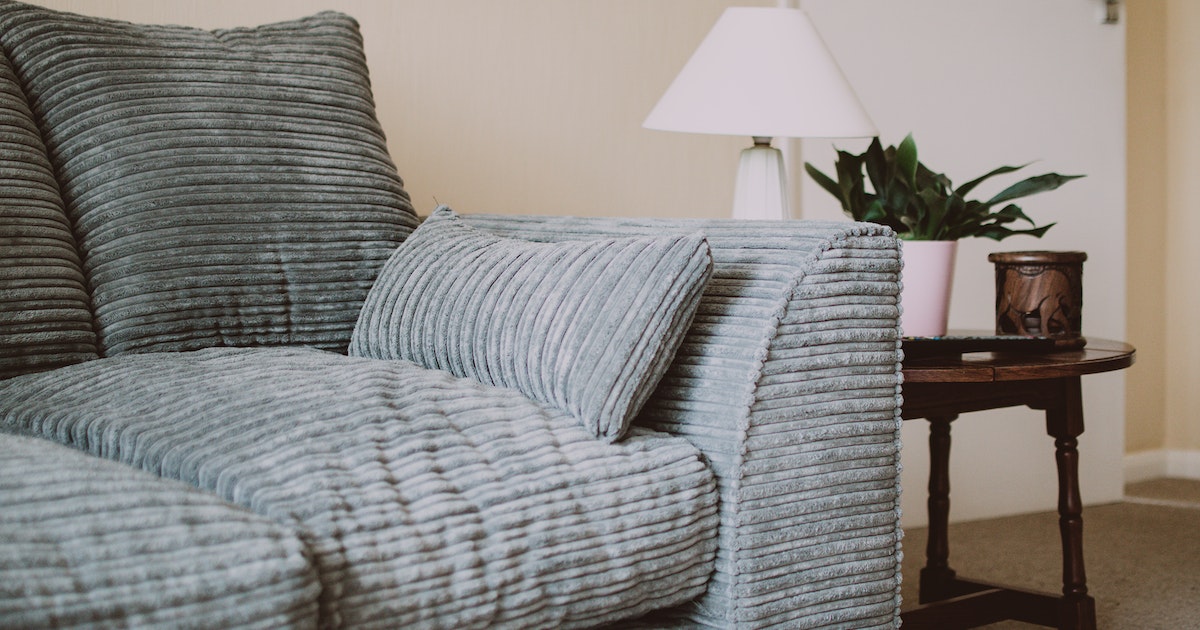
Many of us have a love affair with our couch, or that expansive cozy chair in the corner. But check if there’s a small white tag that says TB117 on it. If so, you might have furniture with carcinogenic fire retardants in, which was a requirement prior to 2013 (before it was known that flame retardants were a carcinogen). If your well-loved couch or chair fits this description, maybe it’s time to invest in a new one.
Canned or tinned food
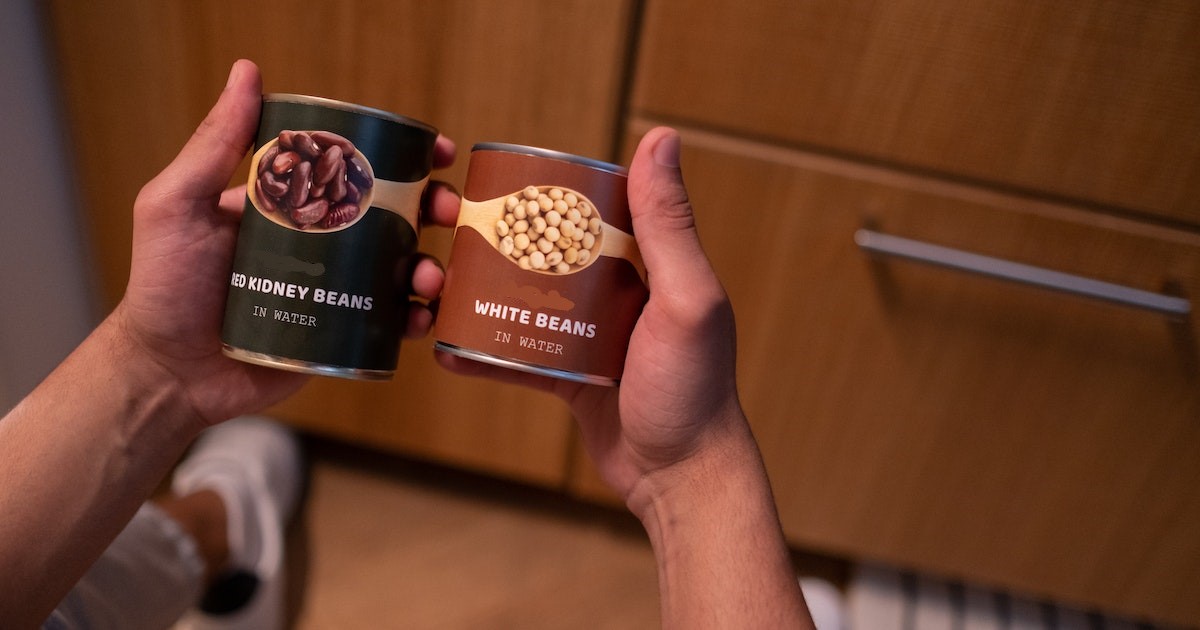
Canned food is so helpful to have in your pantry, especially when you’re running low and you need something simple. Yet beware, because that stash of beans might come with an unwanted sprinkling of BPA, which can also be found in food storage containers. Look for companies that pledge not to use harmful chemicals, and shop with them instead – plenty of brands do, and you can stock up on tomatoes, soup and those tasty beans without worry.
Burning incense constantly

We all need ways to relax and let the stresses and strains of daily life go. For some of us, lighting incense and enjoying the scent is one way to relax, and the scent can be deeply enjoyable. However, burning it isn’t without its risks, like so many things. When you burn incense, you release large amounts of particulate matter into the air, which can settle in your respiratory tract. There may also be trace amounts of chemicals that can irritate your skin. One to use sparingly, or as a treat, then.
A lack of houseplants
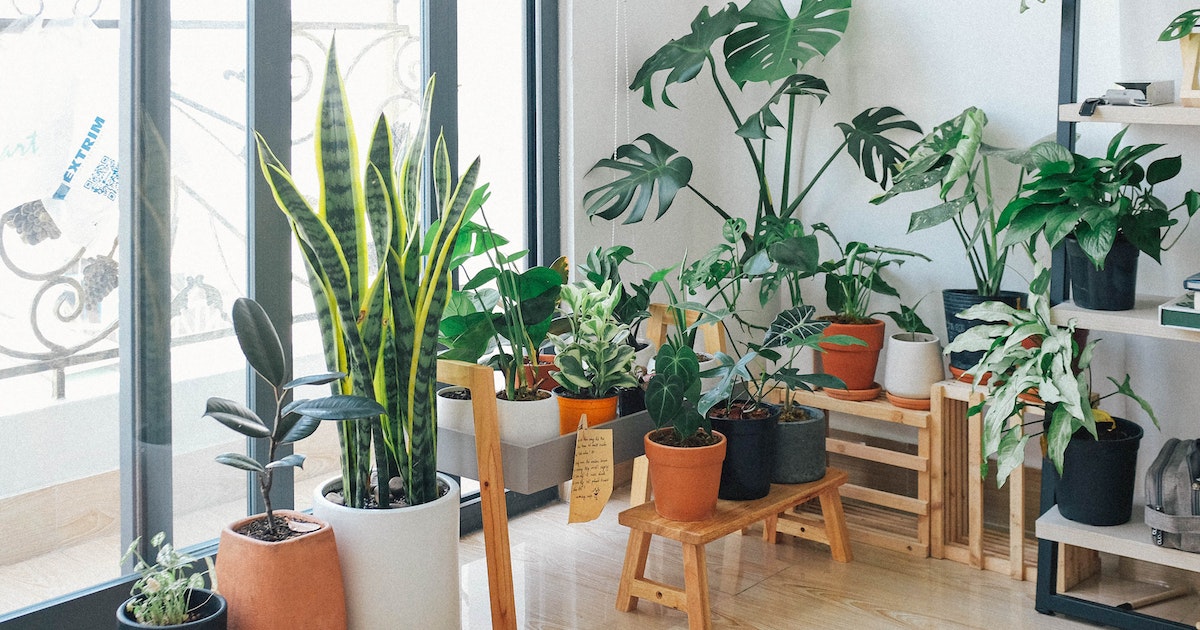
If you’re not green-fingered, it’s understandable that you might see houseplants as a waste of time and space. But reconsider if so, as they’re much more than a pretty sight. They’re known to reduce indoor air pollution. NASA research identified plants such as bamboo palm, English ivy and the Gerbera Daisy as effective at absorbing and removing contaminants from the air, including highly dangerous carbon monoxide.
Harsh chemicals in your laundry room
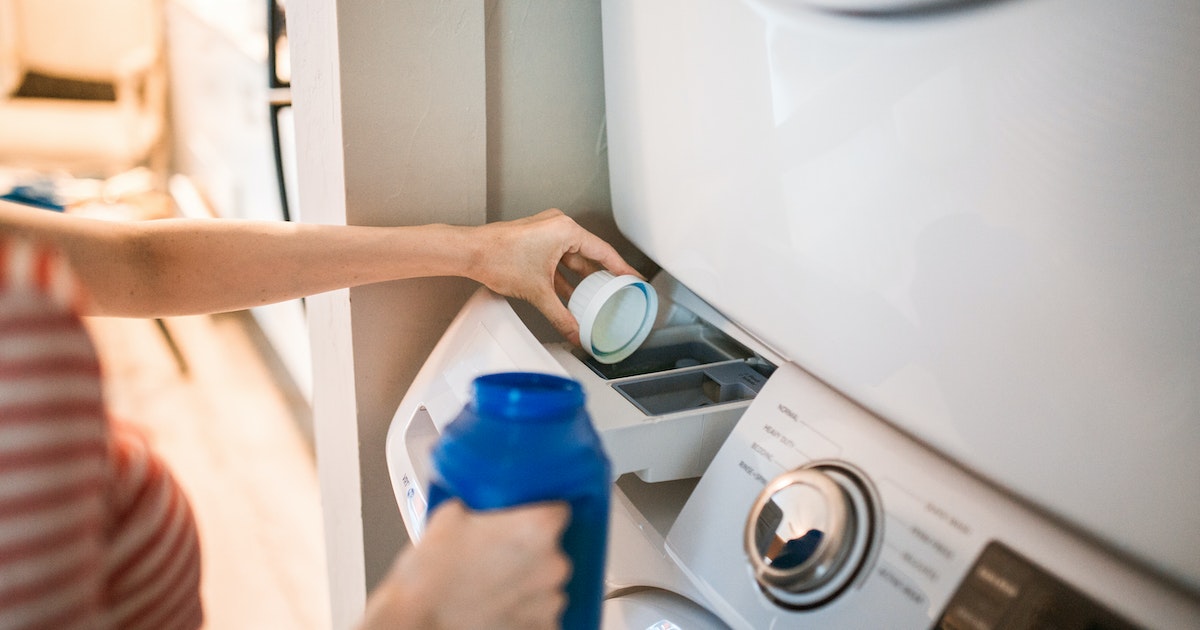
The scent of clean laundry is so popular that companies now offer candles that smell of it. However, if your laundry routine includes scented detergent, fabric softener and dryer sheets, it might be a triplicate of toxins. Products that are laden with fragrance often come with hidden nasties such as phthalates, which can cause health issues over time. Anything that mentions a scent might sound appealing but maybe consider just one – three could be overkill.
Your kitchen isn’t well ventilated
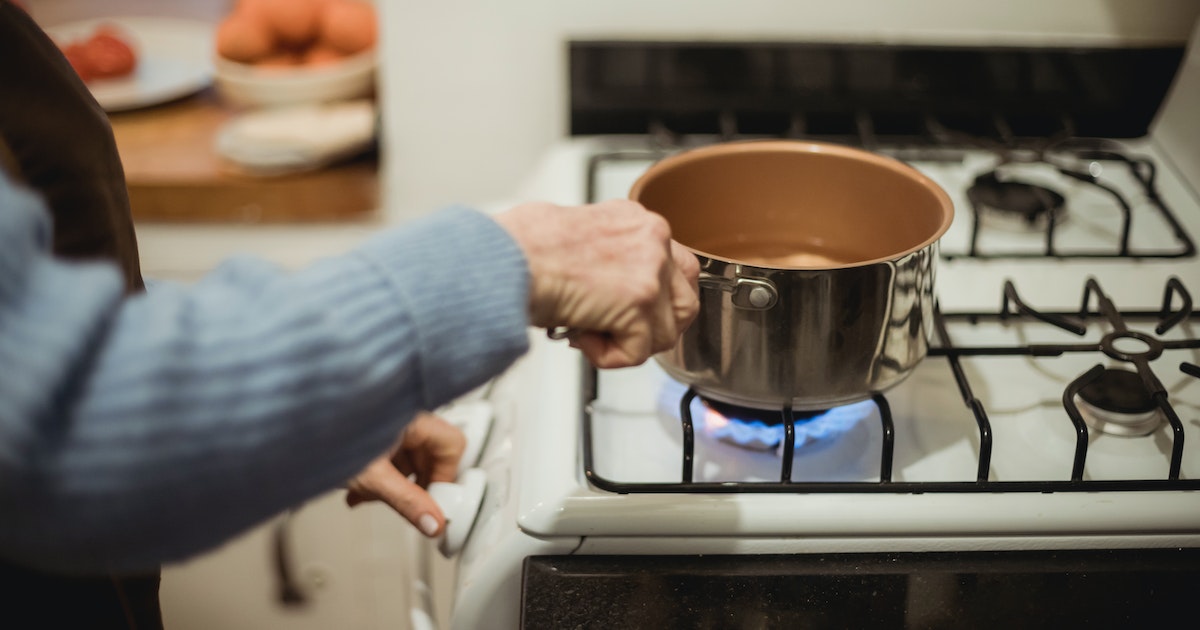
Sometimes the toast gets burnt, or the dinner sticks, or something of that ilk. Cooking inevitably causes bad odors, but if your kitchen isn’t well ventilated, it could also be harboring carbon monoxide, which ironically doesn’t smell in the slightest but could make you very ill indeed. Use your hood vent or open the window, then the smell of overcooked toast and anything else is free to leave.
Plastic shower curtains
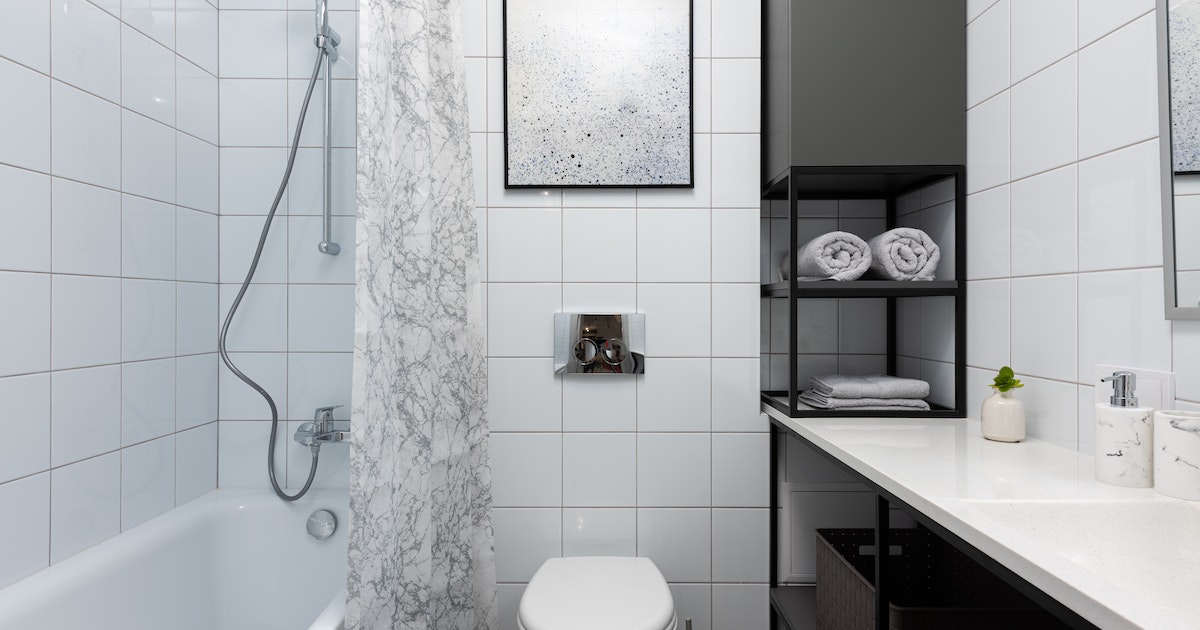
It’s not practical or safe to have a puddle of water on the bathroom floor, which is where your shower curtain comes in. However, if yours is plastic (and many are), it can give off a plastic-y smell, which is caused by VOCs. These can irritate your respiratory tract and cause long-term damage to the liver, kidneys, and central nervous system. Woah. If you think your shower curtain might be a VOC culprit, look for a polyester alternative, and preferably one that’s machine-washable.
You don’t use a HEPA air filter
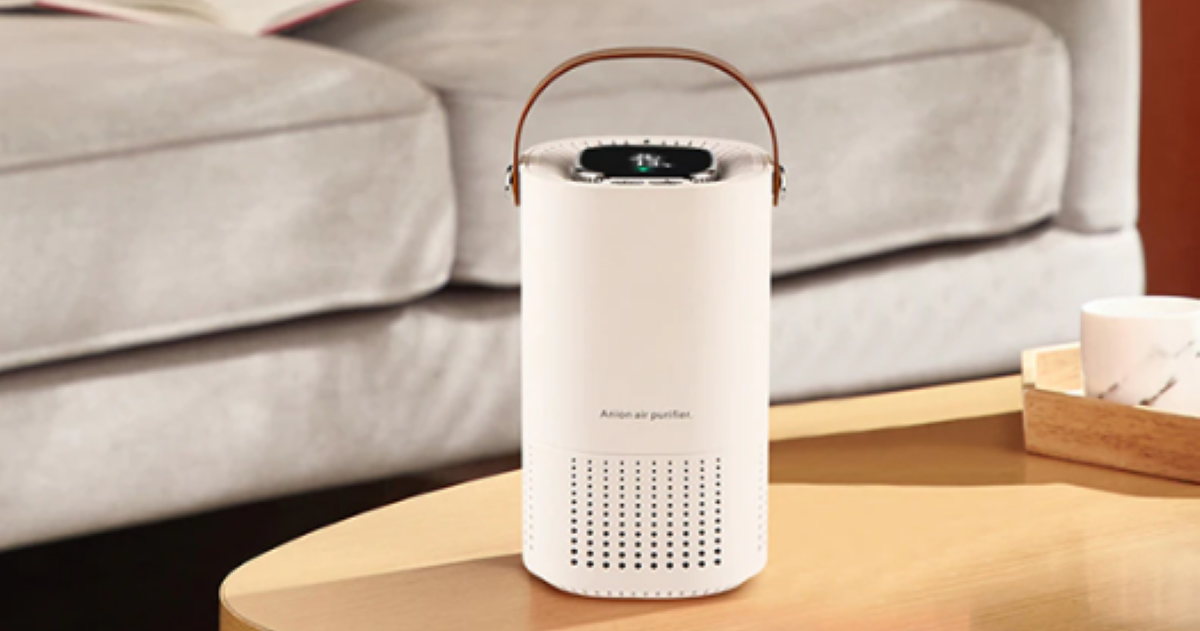
If there are only a handful of things you do to improve your health via your house, this is it (along with a carbon monoxide detector). An air filtration unit is a great tool in improving the quality of the air in your home. Ideally, use one with a HEPA filter and activated carbon filtration. The latter removes VOCs, which are gas-based, and which a HEPA filter alone won’t filter out. Oh, and keep your filters cleaned out regularly (as is true for humidifiers). Forewarned is forearmed.
Mold and fungus
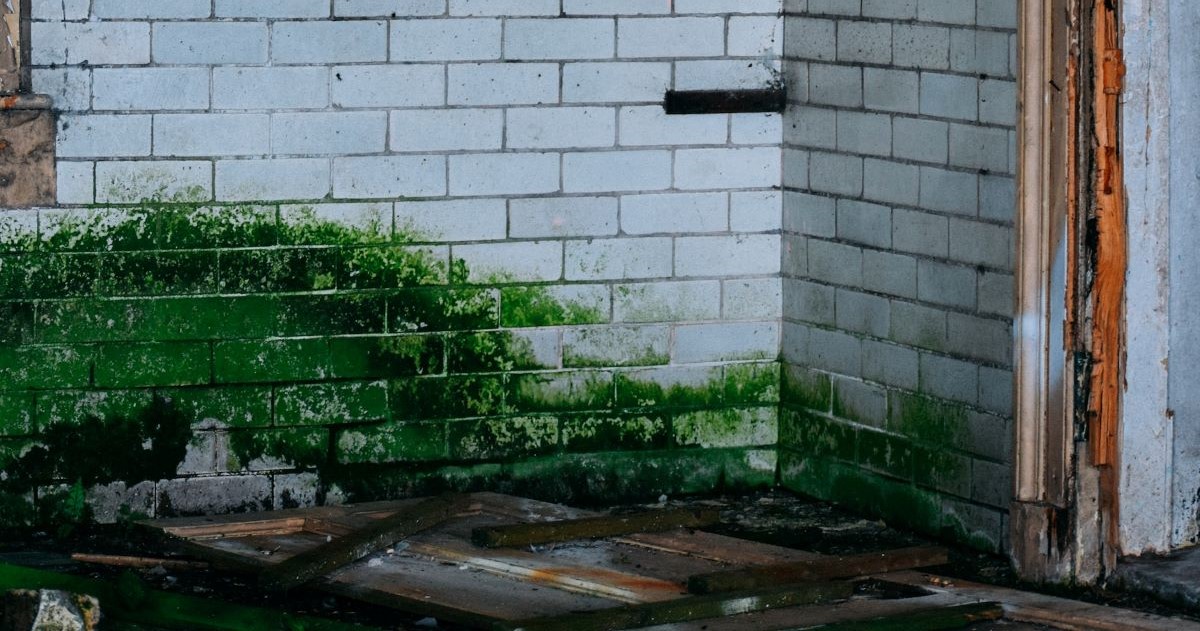
You can easily see when you have mold on the walls – but it’s not so straightforward to spot it in places like under the sink or in the attic. Mold can appear anywhere that water has snuck in, whether by a small leak or a flood. Moisture control is key, including well-ventilated bathrooms, well-maintained pipes and gutters and if necessary, calling in the professionals if it’s a big job (or worse – it’s in the walls).
Old air conditioning units
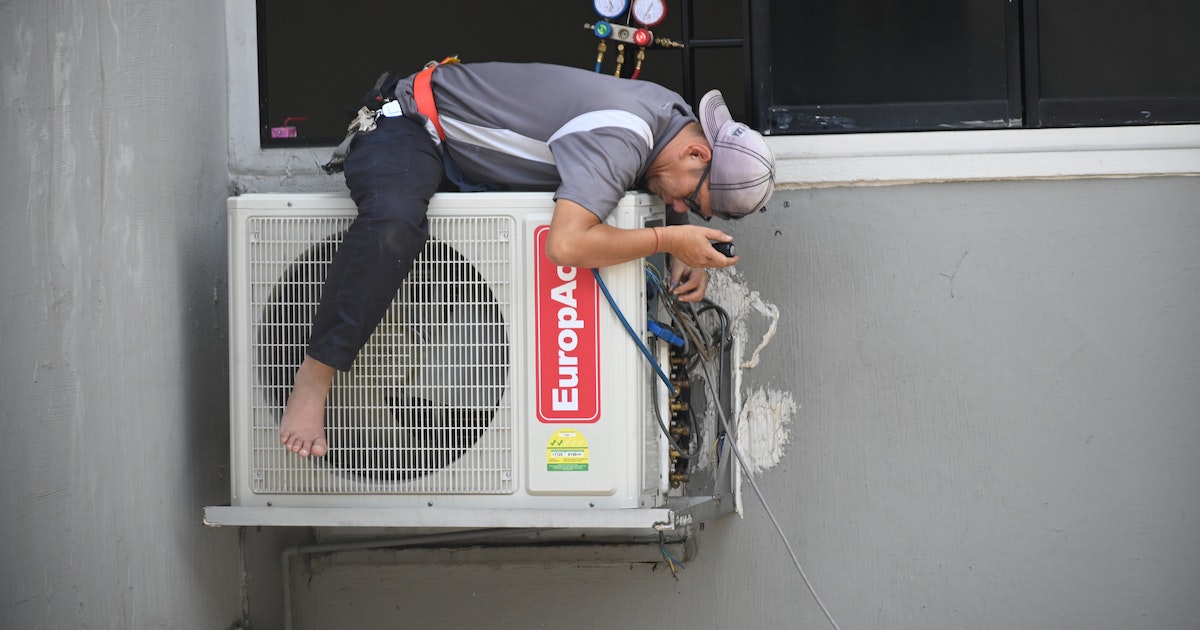
This one is tricky, as it’s rather given to moisture, being an air conditioning unit. Plus when it’s freezing outside, or super hot in the summer, you wouldn’t want to forego your air con. However, they can host mold and bacteria that can make you super ill, such as legionella. If your unit is a central one, stick to the schedule for maintenance, or else get a professional to clean it. If in doubt, or if you know the unit is getting on, look into getting a new model.
Elevated levels of radon
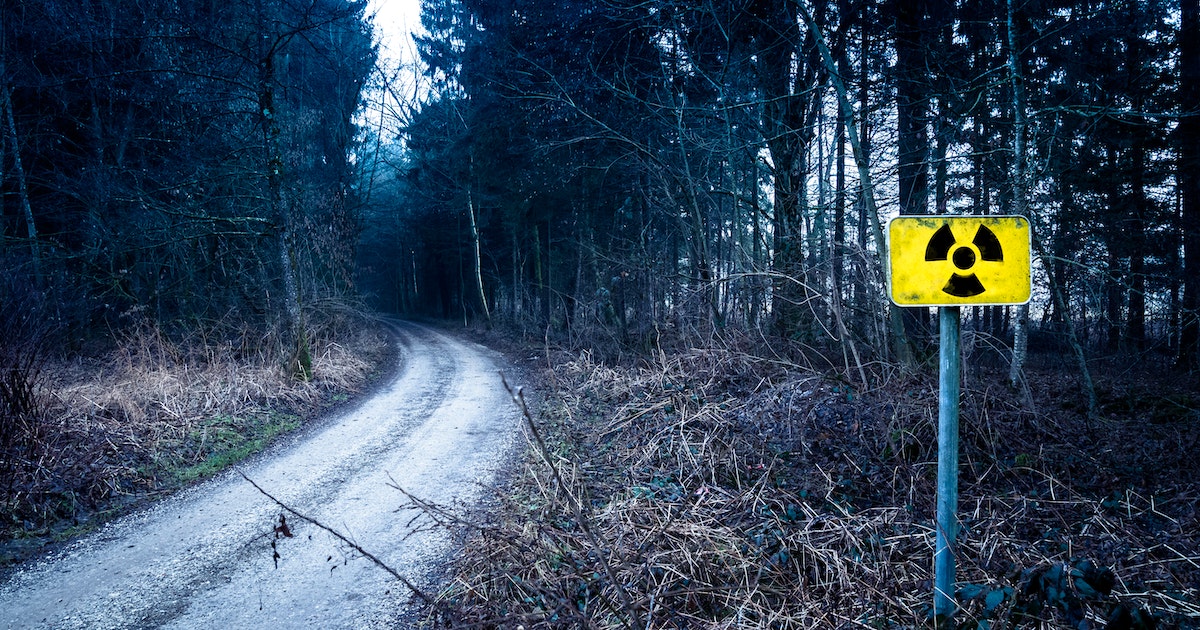
Radon is a slow, silent threat to your health. It happens when uranium in the ground breaks down, and if your home is built over a naturally occurring uranium deposit, you could be at risk of radon gas. It can take years for the effects to become apparent, but it causes lung cancer (amongst other cancers). The EPA estimates as many as one in fifteen homes in the US has radon seeping in. Buy a test or hire a professional, just in case.
Unfiltered water
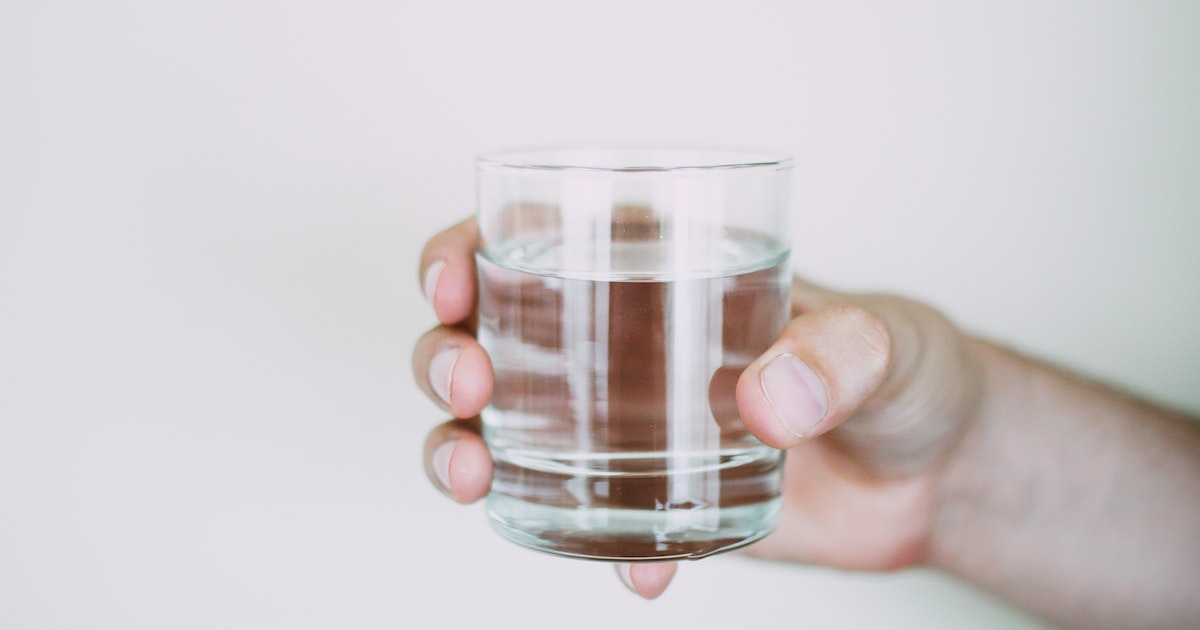
This might seem like a hassle, but given how many chemicals could be in your drinking water, it’s worth it. Test your water to see what you need to filter out before you buy the filter, as not all filters catch all the possible contaminants. If you’re not sure where to begin, ask your county health department or your water supplier if they will test your water upon request.
Old and dirty kitchen sponges
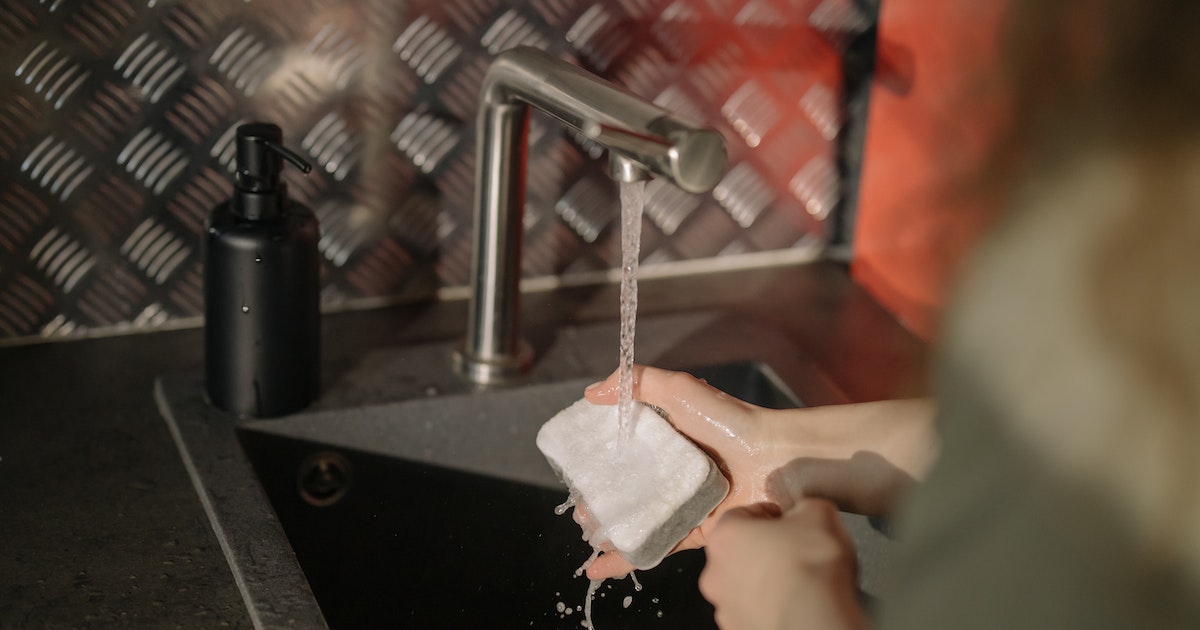
How often do you clean your kitchen sponge? Be honest, now. Well, get better at it, because your kitchen sponge could be doing more harm than good. There you are thinking you’re wiping down the surfaces for cleanliness when you may be spreading germs such as salmonella. Yuck. Rinse your sponge thoroughly with soapy water or blast for two in the microwave. And change it regularly.
Children’s toys
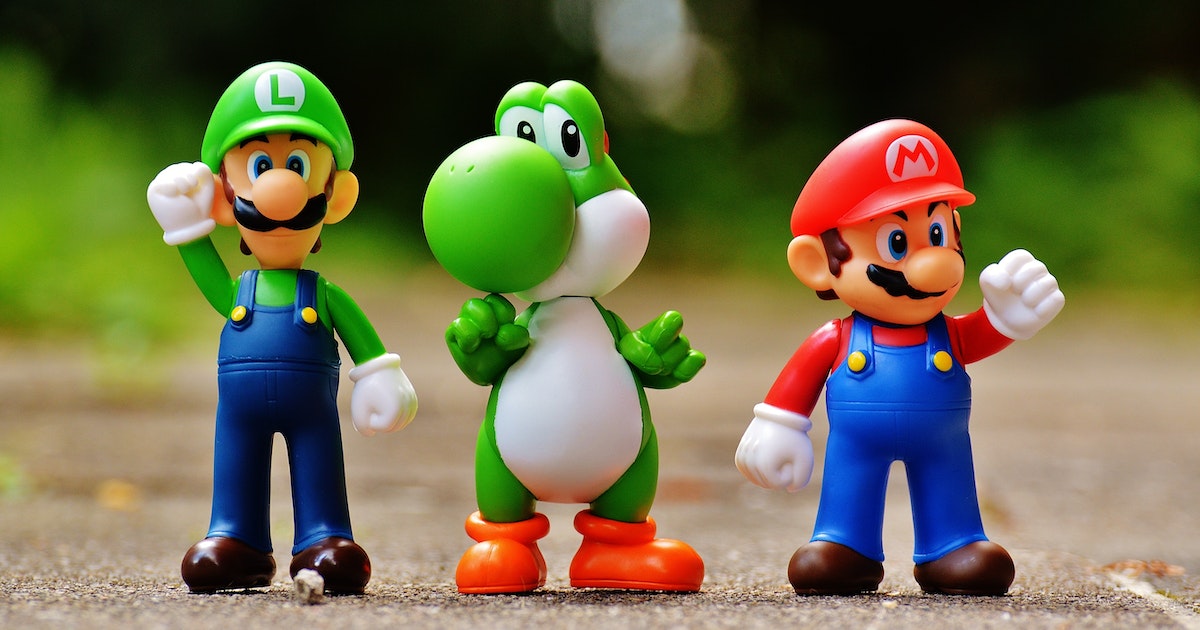
Some people think of kids as walking germ farms, which is wrong as well as mean. In fact, the kids’ toys are more likely to be hosts to all kinds of nasties. Hot water and soap are your best friends here, although if a toy can go in the washing machine, that’s good too. You just have to part your child from the toys first.
An unprotected mattress

Not much feels more icky than the thought of creepy crawlies in your bed with you, but your mattress can contain dust mites. These teeny tiny pests eat our dead skin cells (yuk), and are a trigger for asthma and other allergies. A mattress protector is a simple way to reduce the risk.
A house that’s too clean
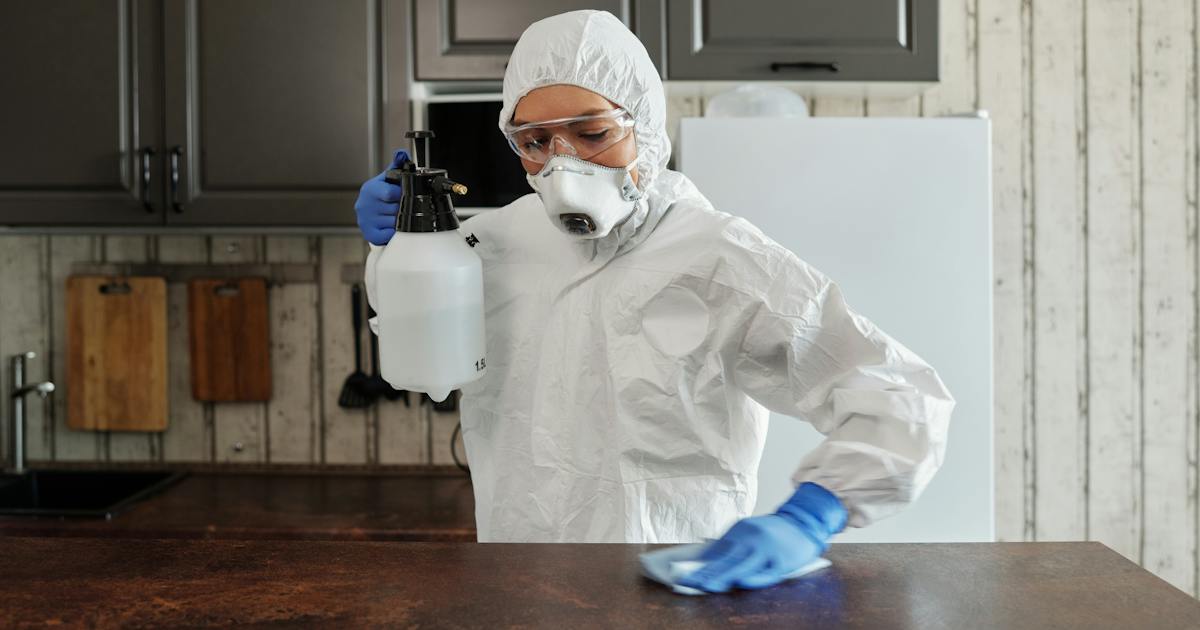
Say what? A house that’s too clean? Yup. We all need a certain amount of exposure to germs to maintain an efficient immune system. The ironic thing is that there’s often no need for a plethora of different cleaning products. A simple soap and water solution will kill off the majority of nasties and the remainder will keep your immune system ticking along.
A dirty shower head
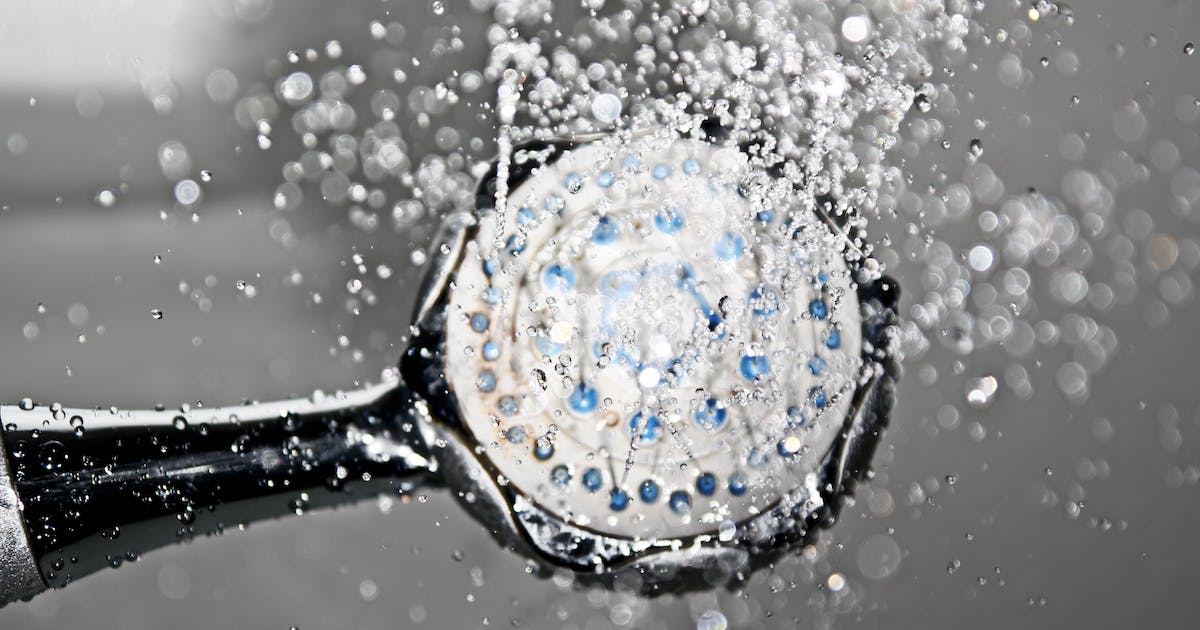
Not many of us would peg the shower head as a potential source of danger, but it could be. Naturally occurring bacteria known as Nontuberculous Mycobacteria (NTM) can find its way to your shower head and some NTMs cause lung infections, a big problem for those with compromised immune systems. Soak your shower head in vinegar overnight to kill off any nasty NTMs.
Forgetting to clean your refrigerator
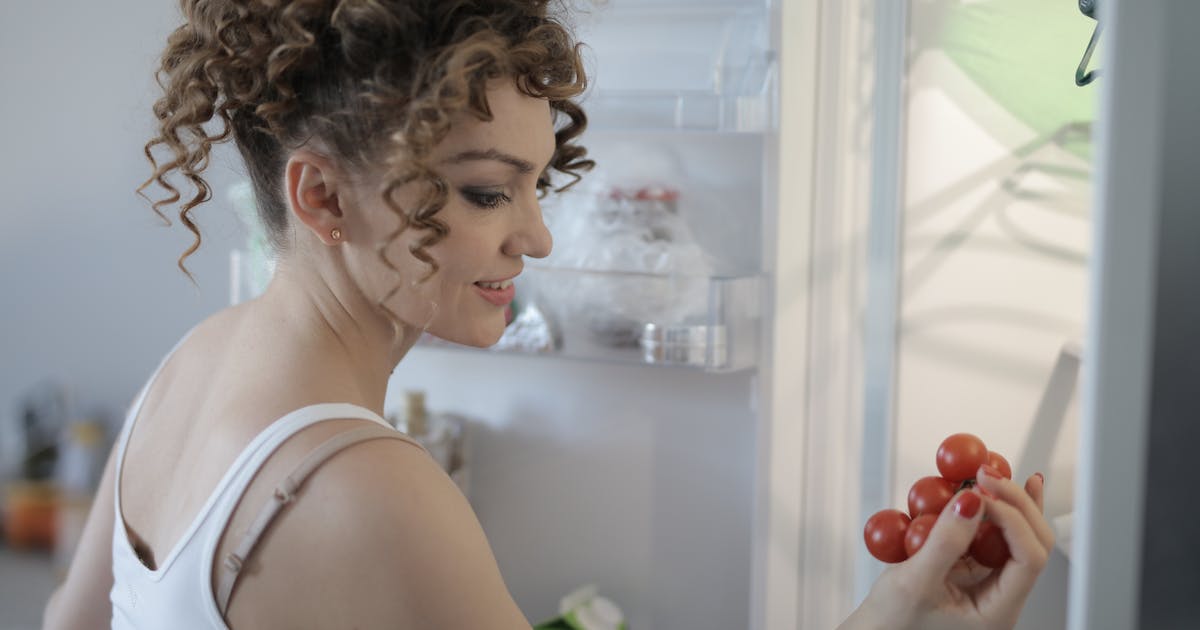
It’s probably on your list of most boring chores, but it’s one of the most important for your health. Mold and bacteria can grow where there are spills, even somewhere chilly like your refrigerator, and you don’t want those on your food. Clean up any spills right away and clean your refrigerator out regularly.
Damp hand towels
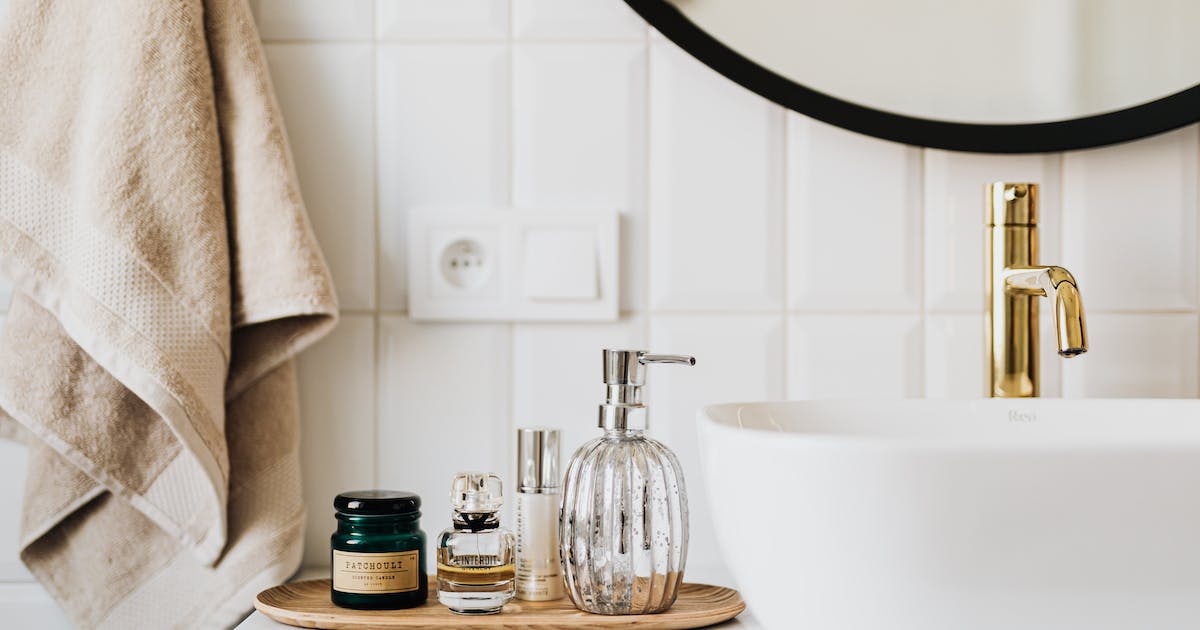
Hand towels are a hidden breeding ground for sneaky germs. After all, just because you washed your hands doesn’t mean there aren’t still germs on them. Plus anywhere with moisture in the air, like bathrooms and kitchens, is great for germs. Wash your hand towels regularly and on a hot wash.
TV remote

Your TV remote is more likely to get lost behind a scatter cushion than to be disinfected on a regular basis. Yet think how many times a day it gets used, and by how many hands. The same applies to stereo and game console remotes. So it makes sense for you to clean your remote controls with an anti-bacterial wipe. Sorted.
A full vacuum cleaner
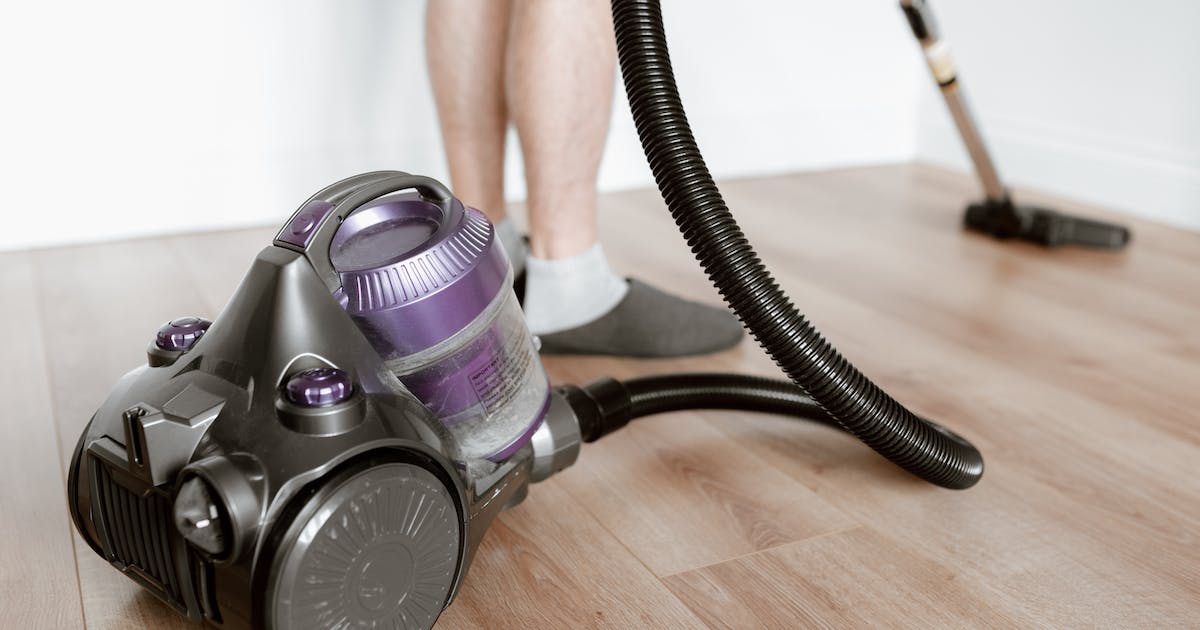
It makes sense when you think about it, but who ever thinks about cleaning your vacuum cleaner? Right? Well, you should, because it can harbor allergens, bacteria, mold and unpleasant sounding things called endotoxins. All these can cause breathing difficulties, so the advice is clean out your vacuum regularly. It will clean better too – a win all round!
Computer and laptop keyboards

As with anything you touch a lot, your computer will be a smorgasbord of germs and bacteria – unless you keep it clean, that is. The good thing is that it only needs a reasonable wipe-down with an anti-bacterial wipe on a regular basis. Pay special attention to the mouse and keyboard, as these are the parts you touch the most . Obviously, make sure it’s fully turned off beforehand.
Wooden cutting boards
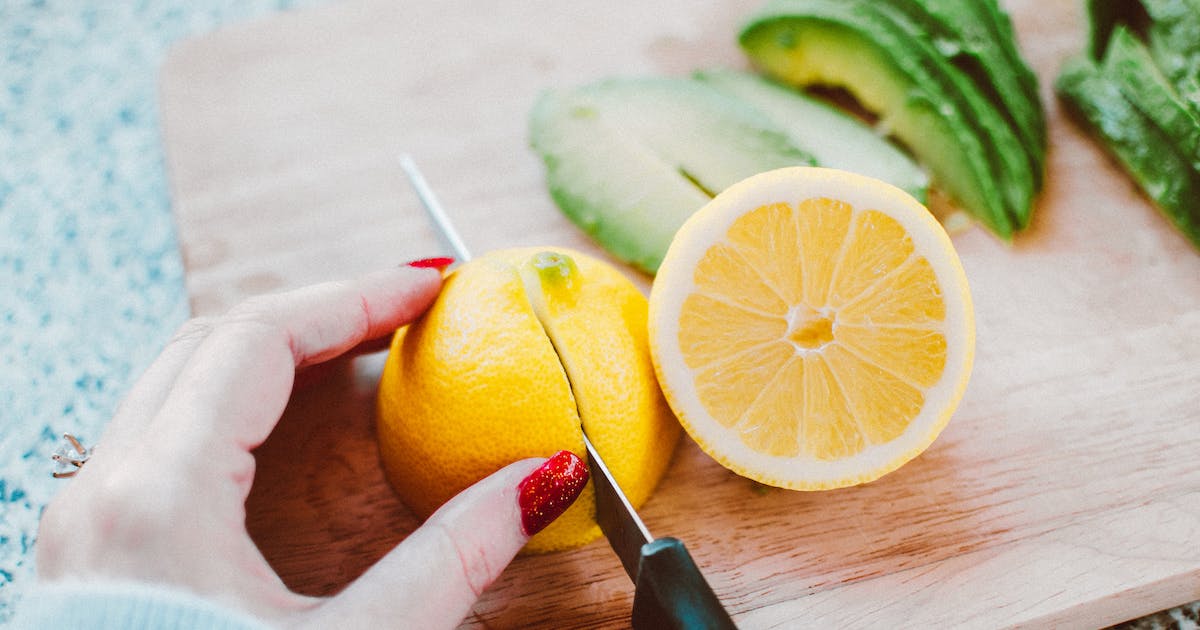
Cutting boards are vital for your food prep, but just as vital is preventing cross-contamination in the process. That’s when germs from raw meat, such as E. Coli, reach your vegetables and other non-meat foods. Thankfully there are some simple ways to reduce the risk. If possible, have a separate board for raw meat, and wash your board(s) with hot, soapy water after each use.
Stove knobs and appliance handles
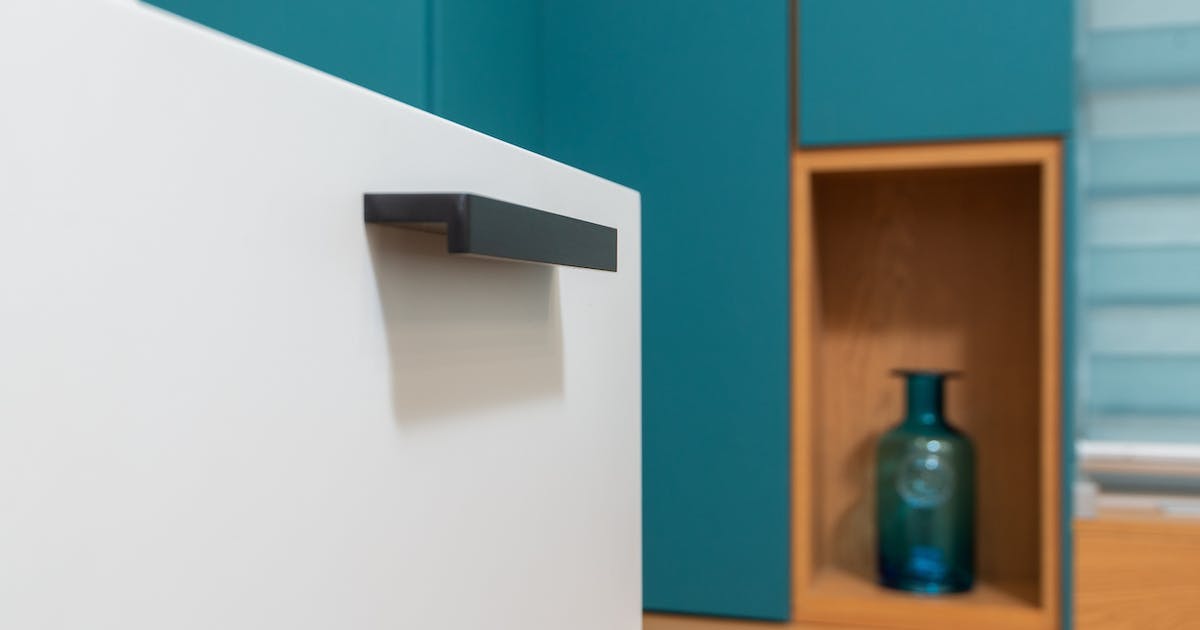
Ever heard of cross-contamination? It refers to items exposed to meat-based contaminants even though they haven’t had meat on them. It could be used whenever you touch things without having washed your hands first – and with things you touch often but never think to clean, it’s a genuine risk. Items like the knobs on your stove or the handles on your appliances – nasties such as salmonella can be present for hours after. Clean off your stove knobs and handles at least twice a week.
Coffee machines

Most adults enjoy at least one caffeinated beverage a day, and many of us more than one, but here’s the less appealing part of your morning double espresso – the dark, moist environment of a coffee maker is perfect for a buildup of calcium and a nice little habitat for bacteria. If you’re the proud owner of a coffee maker, clean it out regularly.
The kitchen sink
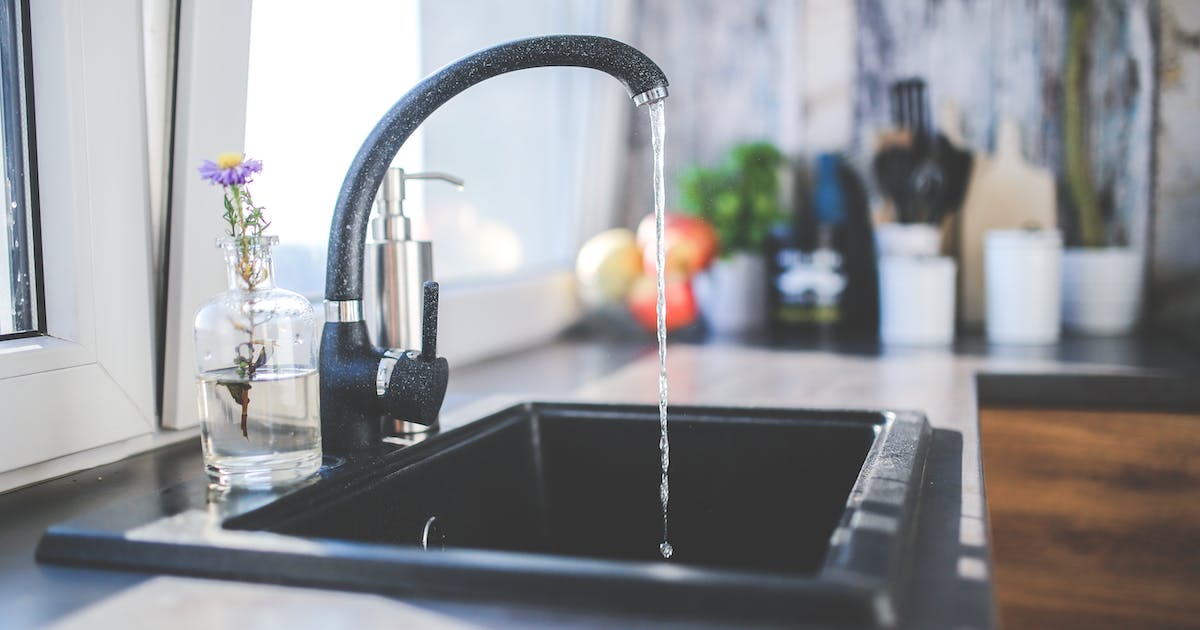
Hard to imagine a kitchen without the sink, but can you envisage the kind of unpleasantness that might live on your sink unseen? And that sponge you use might exacerbate the chance of it being a risk to your health. Disinfect your sink twice a week, and also each time you wash off raw meat. A solution of one teaspoon of bleach to one quart of water each month will rinse away any remaining germs.
Wearing boots and shoes inside the home

Think about it – you’re in your sandals, boots or sneakers all day. They take you through public restrooms, the odd puddle or two, across the forecourt at the gas station – the list goes on. Consider all the germs your shoes might encounter in a day, and you walk those shoes into your home. Yuck. Take them off at the door, and ask guests to do the same. You could wash your hands too, but a shoe bench at the door is a great start.